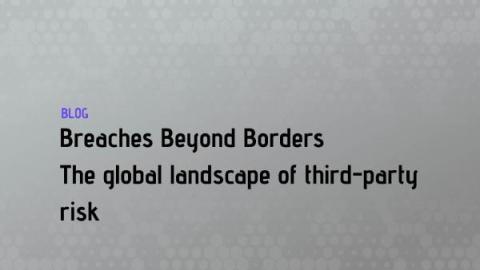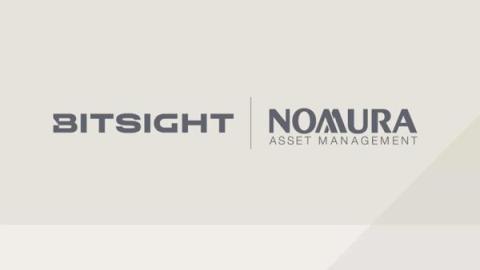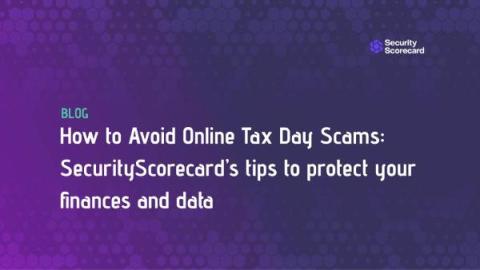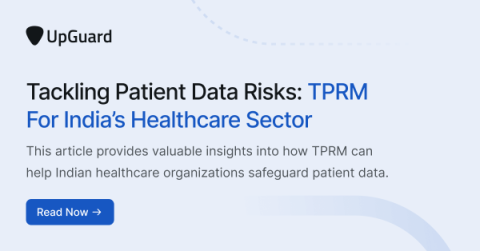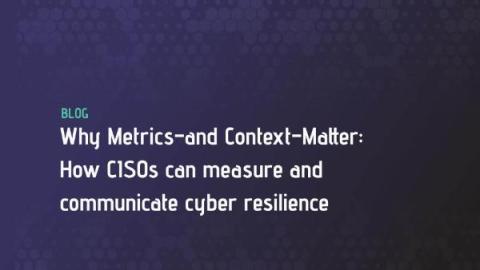Breaches Beyond Borders: The global landscape of third-party risk
While the digital landscape evolves, cyber adversaries are also honing their tactics, techniques, and procedures. In recent years, ransomware groups have made major disruptions to the digital supply chain and, by extension, the world economy. What’s more, organizations in all industries and geographies continue to grapple with third-party threats, zero-day vulnerabilities, and more.


